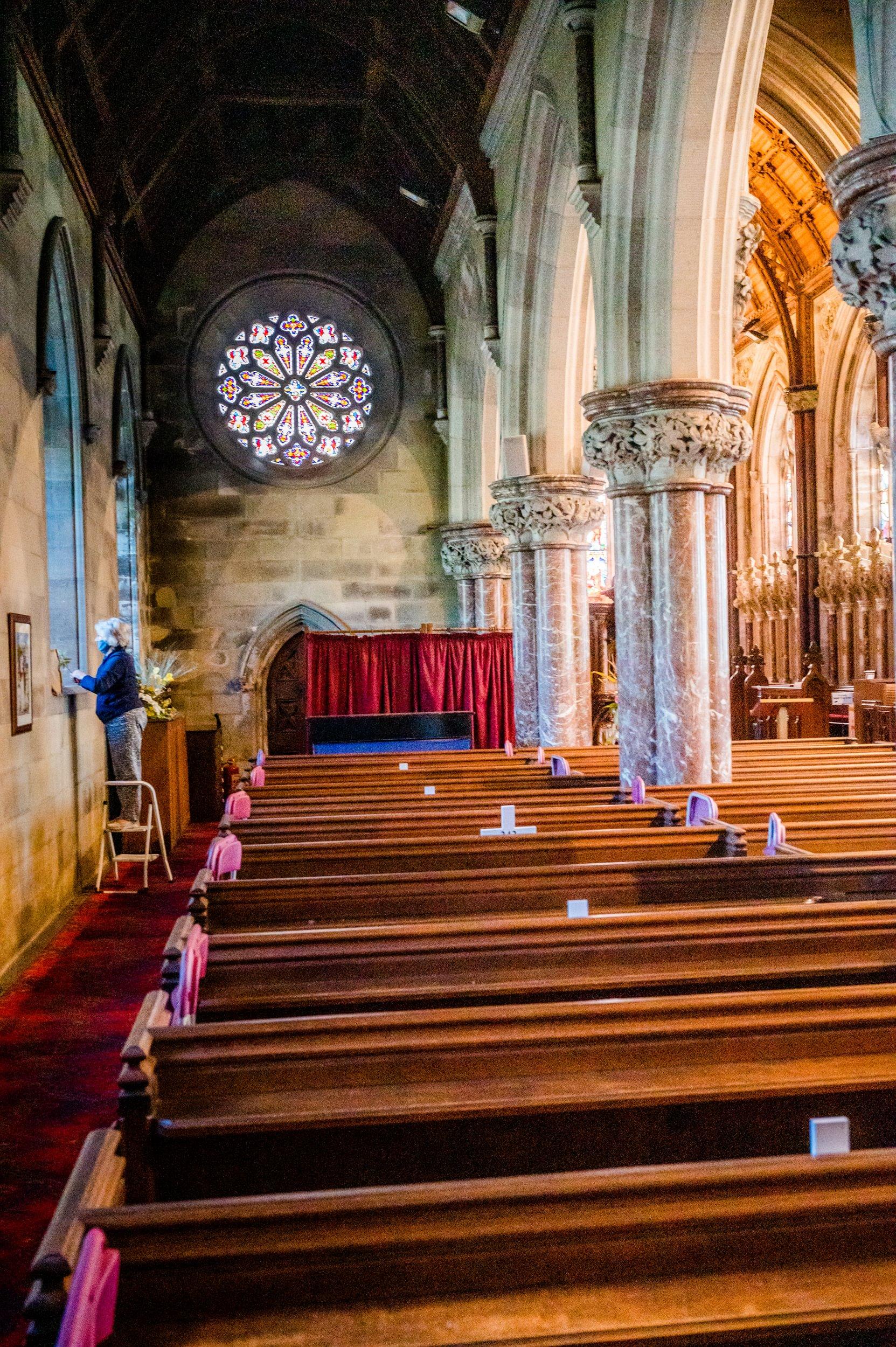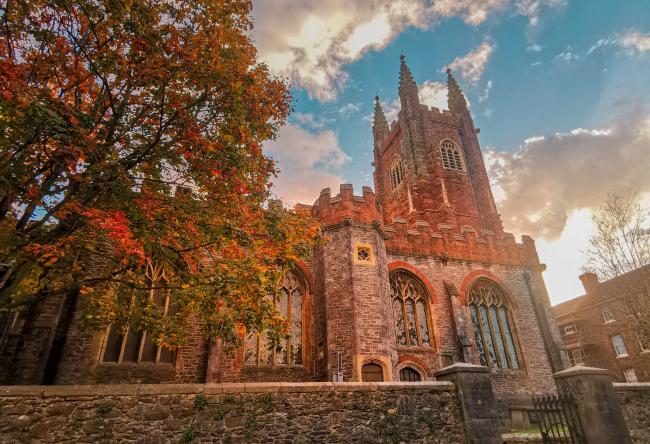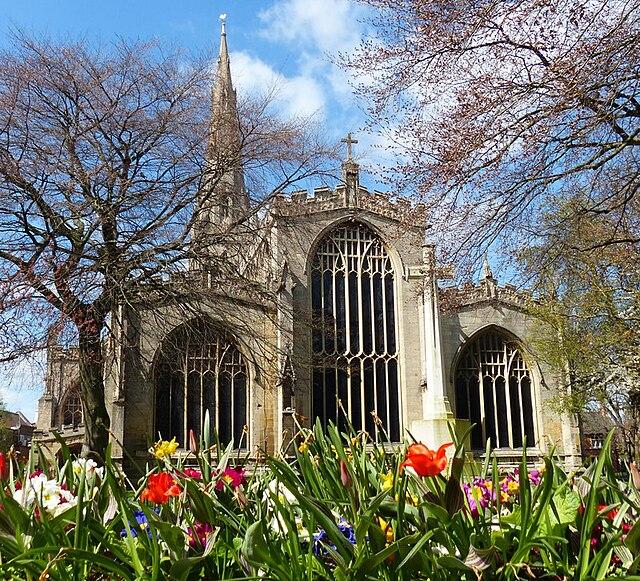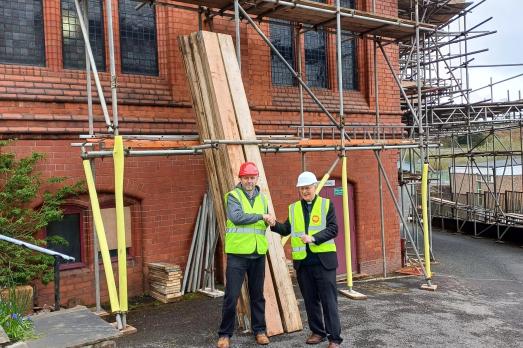The details of the Spending Review were announced today by Chancellor Rachel Reeves. The Department of Culture, Media & Sport [DCMS] has been given a £7.5 billion budget for the next three years. One choice DCMS must now make is whether to fund the Listed Places of Worship Grants Scheme – a scheme that has so far saved over 13,000 churches but now faces an uncertain future.
“With so many churches across the country unable to pay for repairs, we are going to see even more fall into despair and close,” says Sir Philip Rutnam, Chair of the National Churches Trust.
“It is the most vulnerable in society that loses out if this happens. The DCMS can help halt this heritage crisis by funding the Listed Places of Worship Grants Scheme in their budget – without a harsh cap – so that any listed place of worship can claim back the full 20% of VAT costs which will help to keep their church open and serving the community.”
New research shows devastating trend of fewer churches in England are being saved from disrepair
- 99% of all places of worship currently at risk in England are churches
- Number of historic churches being saved each year has reduced by 80% since 2018
- Number of historic places of worship at risk has almost doubled since 2013 to nearly 1,000, from 536 to 969
There is limited data about heritage at risk in Scotland and Wales, but the overall picture is the same. Indeed, in Scotland the Church of Scotland is closing as many as 40% of its churches.
In the same period there has been a huge fall in the funds available for major repairs since a dedicated grant scheme was scrapped by the Lottery in 2017. The Lottery has now introduced more help, but it is too soon to know whether this will reverse this trend. If churches have to pay VAT on repairs this will simply make the problem much worse - all these buildings depend on local people to raise the funding needed.
“The data is alarming and shows that the eye has been taken off the ball when it comes to protecting the UK’s heritage,” continues Sir Philip Rutnam.
“Changes to the Listed Places of Worship Grants Scheme will only have exacerbated this trend. If the scheme is not extended and the cap is unchanged, we will see a greater decline of churches. We risk losing some of the nation’s greatest heritage for good – once it is gone, we cannot get it back.”
Why spending money on churches makes economic sense
Churches are vital for tourism and run a huge amount of community services at no cost to the government.
Churches provide £55 billion a year of social and economic good. They also provide food banks, parent and toddler groups, warm spaces for the vulnerable, mental health support, youth groups, and host thousands of voluntary groups like Alcoholics Anonymous. This figure is a conservative estimate made by independent economic analysts. It also reduces cost pressures on the NHS by £8.4 billion a year - the same as employing 230,000 nurses.
Historic churches are a huge draw for tourists, with 40 million visits to churches per year.
“For every £1 that is invested in church buildings, £16 of social good is generated,” says Sir Sir Philip Rutnam, Chair of the National Churches Trust.
“Investing in churches makes good economic sense. These buildings are the anchor for thousands of communities, delivering huge social and economic benefits at no cost to taxpayers. It’s time this got recognised properly right across Government.”
DCMS must fully fund the Listed Places of Worship Grants Scheme
The budget for the Listed Places of Worship Grants Scheme was slashed by tens of millions of pounds in April by the Government. A cap of £25,000 was also added, meaning many churches cannot claim back the full cost of VAT on their repairs. More than 250 churches have already been affected by this harsh change. The scheme currently runs out in March 2026, so DCMS will need to decide this year if it will save the scheme.




